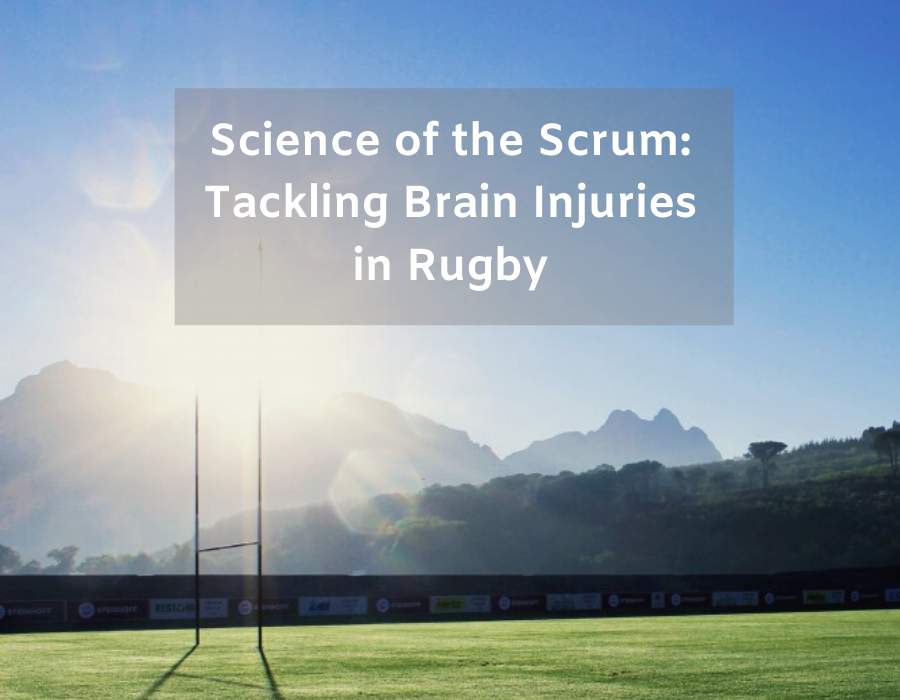If, like myself, you’ve been enjoying the Rugby World Cup, you’ll know the that the game is famous for the clashes between players, but could tackles, scrums and rucks be damaging rugby player’s brains?
For anyone who has never watched a rugby match, it is a very high-contact sport, where players from either team must ‘tackle’ each other to gain possession of the ball, in order to score a ‘try’. Injuries of all sorts are occupational hazards for rugby players, most commonly, muscle strains, ankle sprains or neck injuries. The more worrying type of injury is head trauma, which constitutes 5-25% of rugby injuries. Of those, around 44% are concussions.
Concussion is a mild form of traumatic brain injury (TBI), which occurs after a forceful blow to the head, and is followed by temporary loss of brain function, such as memory loss or impaired cognitive ability.

Some more serious forms of brain trauma have been reported in rugby players. Well documented in sports such as boxing and American Football, chronic traumatic encephalopathy (CTE) is a neurodegenerative disorder resulting from repeated blows to the head, usually over many years, such as during a professional sporting career.
Symptoms of CTE are similar to that of Alzheimer’s disease, including signs such as memory loss, personality changes, and difficulty with motor skills. The disease is difficult to diagnose, with a definitive diagnosis only possible during post-mortem autopsy. However, doctors are able to make use of medical histories, neurological exams, and brain scans.


In 2014, the first instance of CTE in the brain of a rugby union player was revealed, during the autopsy of Australian player, Barry “Tizza” Taylor. Taylor had played rugby professionally for 19 years, with his family reporting that abnormal behaviour associated with CTE started developing in his late fifties.
Since then, CTE has been reported in the brains of two former Australian rugby league players, whose identities remain confidential.
So, should rugby be doing more to protect its players? Protective headwear, though worn by some players, is not compulsory, and some have even argued that headwear offers no real protection against concussion. Research has even suggested that the ‘illusion’ of safety offered by caps and helmets may encourage players to tackle more aggressively, thus potentially causing more injuries.
Another problem the sport faces is players lying about their symptoms during Head Injury Assessments, in order to get back on the pitch faster. This is a tricky problem to solve, short of bringing in lie detector tests, but perhaps increasing awareness of the seriousness of concussion and CTE might make players think twice before cheating their medical assessments, as well as helping pitch-side clinicians to make well informed decisions.
At the end of the day, rugby is an intense, contact sport, and clashes are inevitable. But, if awareness of the long-term risks of head injuries are implemented in training; teaching players proper tackle techniques, and the importance of following protocol during head injury assessment, as well as concussion and CTE symptoms to be aware of, perhaps the risks can be mitigated.




